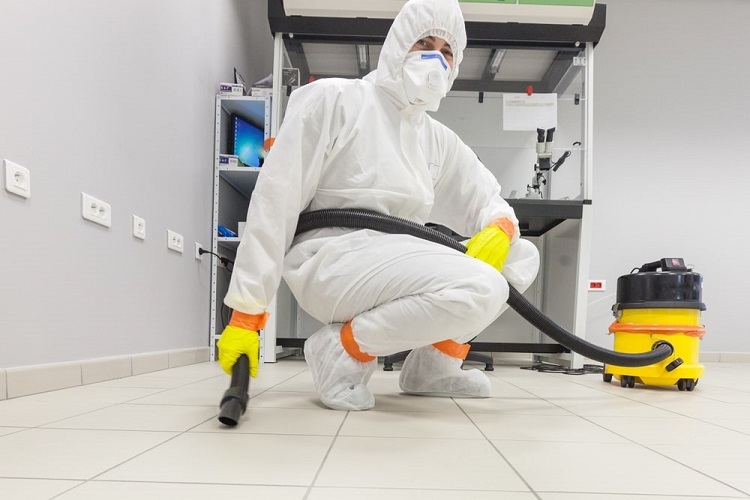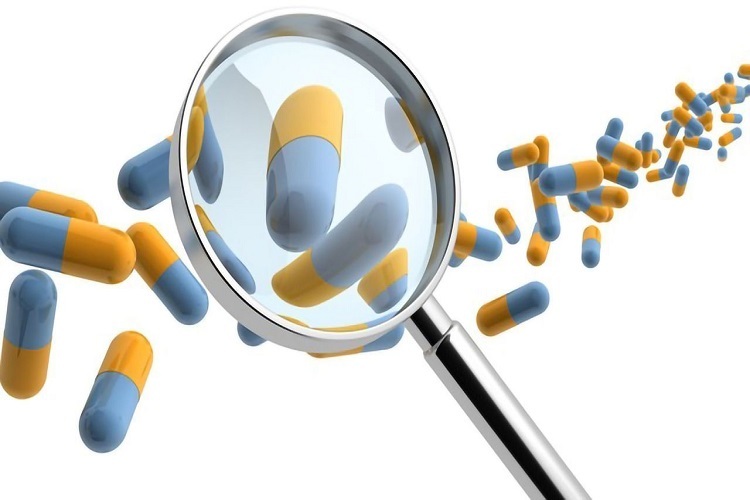Researchers are reporting that they have made significant strides in engineering yeast to efficiently produce Opioids (a drug class that includes morphine and heroin). Interestingly, these yeast strains are quite similar to those frequently used by individuals to brew beer or make pizza dough –raising concerns as to whether or not this biotechnology can one day be misused to make illegal drugs.
Table of Contents
How are yeast involved in the production of beer and pizza dough?
For millennia, humans have been exploiting the fact that yeast have a sweet tooth. When these tiny organisms senses the presence of carbohydrates (sugars) in a cask of malted barley or a mound of damp flour, they begin to feast. The consumed sugar molecules are readily converted into vital metabolites, chemical building blocks, and energy stores. But that’s not all. The notable byproducts of these biochemical alterations include ethanol and carbon dioxide gas (a gas that physically expands dough – providing texture and shape).
How do yeast convert sugars into all of these other molecules?
These conversions are carried out with the help of enzymes found within the yeast cell. Each of these enzymes are designed to act as a specific tool to catalyze a certain manipulation. The sugar molecule gets passed down an assembly line of enzymes until it reaches its final form(s).
Can other enzymatic tools be added to this toolkit?
The advent of genetic engineering brought the realization that scientists may be able to provide yeast with new tools and even coax them into using these tools to manufacture products that they do not normally synthesize.
This is because genetic engineering allows researchers to introduce instructions to build new “tools” into the yeast genome. These instructions are normally encoded in the genes present in DNA. This means we can take the genes from Papaver somniferum (The opium poppy that synthesize Opium) and insert them into yeast. In this way the yeast become microscopic chemical factories! Researchers have already successfully reprogrammed yeast to generate pharmaceutical drugs, biofuels, and synthetic materials.
Why is this not already being done on an industrial scale?
It is! Artemisinin is an antimalarial drug that is now being produced by yeast and distributed worldwide. This was no small undertaking though – even after the yeast strain was given the proper genes, it took many years to optimize the yeast fermentation process and drug isolation method. Fortunately, setbacks like this will likely become trivial as the yeast synthetic biology industry develops as a whole.
So what about reprogramming yeast to produce dangerous or illegal things?
For reasons of both competency and feasibility, it is not likely we will have to worry about this any time soon, but it will almost inevitably become an issue as these biotechnologies flourish. One recent paper that has fueled some debate comes from a team that was able to enhance the ability of yeast to synthesize a precursor to benzulisoquinolin alkaloids (BIAs). BIAs acts as the structural backbone to a broad range of compounds of which some of the most notable members include morphine, oxycodone and hydrocodone.
Final thoughts
It is an exciting time for synthetic biology. As the field moves into its adolescence there is little doubt that billions of people will benefit from its contributions. Yet, as with all new technologies, we must take into consideration the trade-offs of their utility and start asking the hard questions now.










